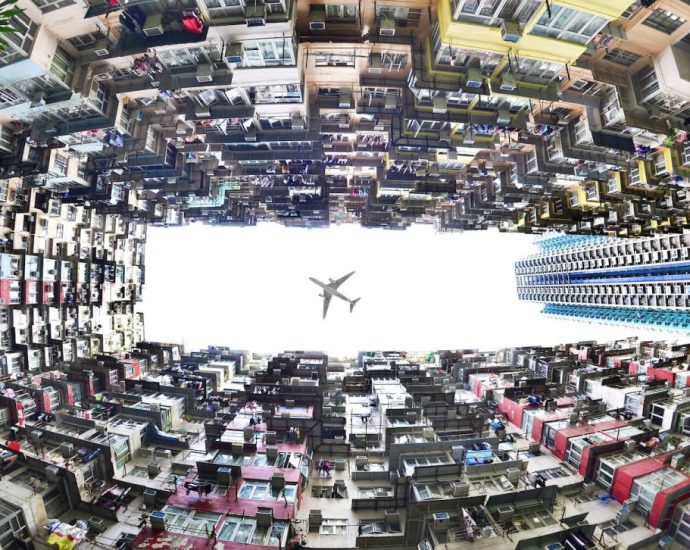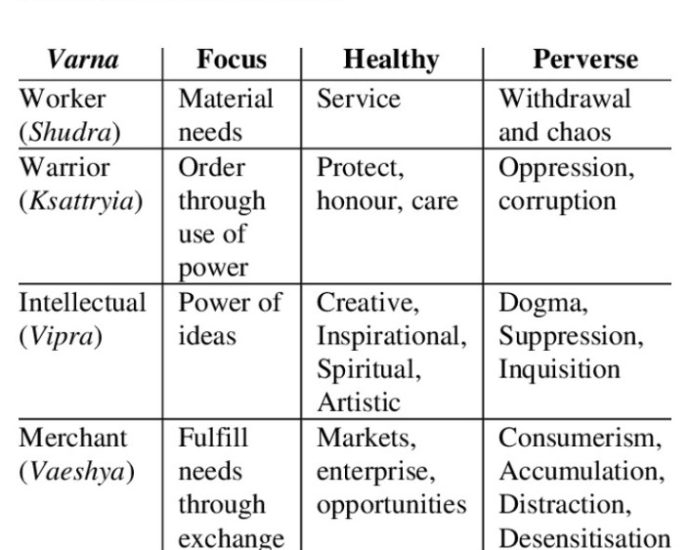Deep ocean marine heatwaves may be under-reported, study says
HONG KONG: Heatwaves deep in oceans may be” significantly under-reported”, highlighting an area of marine warming that has been largely overlooked, a joint study by Australia’s national science agency ( CISRO ) and the Chinese Academy of Sciences has found. The study, which was published on Thursday ( October 17Continue Reading























